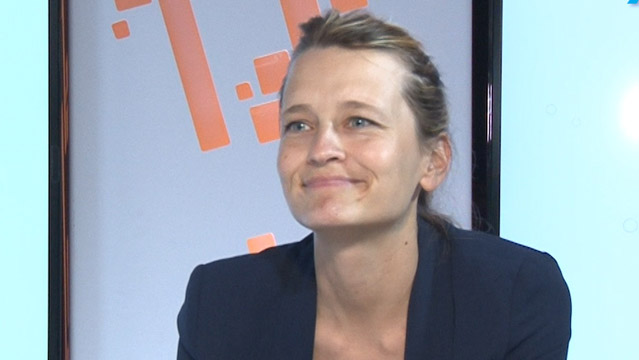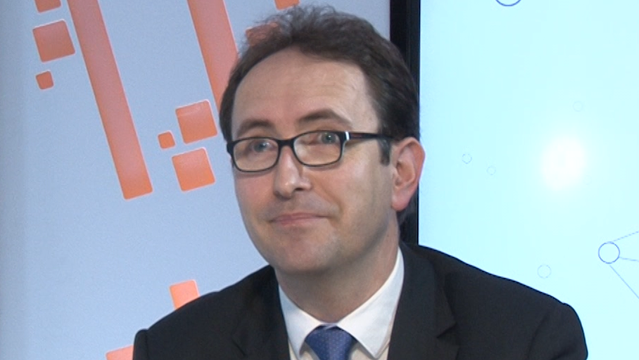Tax measures to support R&D activities exist in no less than 27 of the 34 OECD states and countries as China or Brazil. They are usually open to any company, local or foreign. Therefore management needs to consider the country’s particularities in terms of innovation financing to fully benefit from the measures. So what are the best practices? Xerfi Canal met with Abbas Djobo, International director at Alma Consulting Group, to find out more.
Let’s start with considering the practical case of a company hoping to benefit from a R&D tax measure abroad. What piece of advice would you give the top management? What are the best practices?
Well, R&D financing in a foreign country requires expertise support throughout the process. Perfect knowledge and practical application of the rules is not enough. The team in charge of the support must have significant experience to help the company avoid local particular difficulties in the paper work. Especially because the measures are in perpetual evolution, everywhere.If companies benefit from strong support, the management can then focus on R&D spending, which is the core of the innovation strategy.
So do R&D tax measures have an influence on the company's strategy?
Yes obviously. First of all, these measures encourage the company in its research activities. But furthermore, the generosity of the measures in different countries needs to be taken into account in the global strategy. For instance, when considering the implementation of subsidiaries overseas or where to carry out R&D.
In France, we are used to the Crédit d’impôt recherche as the main innovation financing solution. It is said to be one of the most generous worldwide. Is that right?
Yes, indeed. In France, the tax credit represents 30% of R&D expenses. But the average generosity is also high, above 20% in Canada, the Czech Republic or Spain. France is also one of the countries with the shortest deadline to claim the tax credit. You have about 3 months after the company financial year end date, while the deadline varies from 3 to 6 months, depending on the company’s status, in the Czech Republic or from 6 to 18 months in Canada. In Spain, companies have 7 months.
How about in the US, whose economy is renowned for its innovation efficiency?
Well, the deadline is shorter: it’s about 2 months and a half. But the average generosity is lower, between 10 and 15%. What is more, the US measure is not a long-lasting one, which can be an obstacle for businesses.
Abbas Djobo, you are talking about the amount and the claim deadlines. But what about the calculation and the deduction methods? Can you tell us more about the scheme differences per country?
Let’s start with the calculation methods. In some countries like the UK, France, China, Brazil, or Canada, authorities consider the volume of R&D expenditure while others, such as Ireland, the US or Italy measure the incremental part in the R&D costs. Some countries also combine volume and incremental considerations. That’s the case in Spain, Japan, South Korea or Australia.***** Now, about deduction methods: they also vary from one place to another. In France, Spain, the US or Canada, the relief is directly set off against Corporate Tax whereas in China or Australia, there is an enhanced deduction of R&D spend with a decrease in profit. UK companies can now benefit from both methods. Belgium and the Netherlands have another scheme, consisting of a reduction of employer and employee wage contributions.
Could we however find some common points in all these innovation financing schemes?
I would say all the countries are tending to be more strict in terms of required documentation and are controlling tax credits more severely. They are looking carefully at the effective impacts on local growth and employment. When presenting their project, companies must convince authorities they will meet these kinds of expectations. I would also add that the projects must by scientifically driven. The state of art phase before asking for the tax credit remains crucial everywhere.
Expertise is the key to successfully benefit from R&D tax measures wherever the project is driven. And this success is a must, since financing innovation has impacts on the whole strategy of the company.
Abbas Djobo, R&D tax measures overseas : the key to success , a Xerfi Canal video
Publié le mardi 16 septembre 2014 .  5 min. 26
5 min. 26
Les dernières vidéos
Ayming TV


LES + RÉCENTES




LES INCONTOURNABLES











